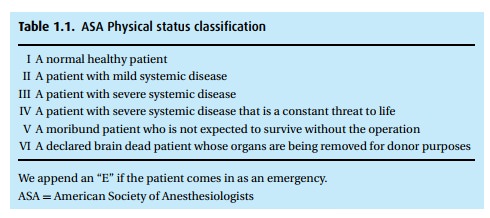Chapter: Essential Anesthesia From Science to Practice : Clinical management : Pre operative evaluation
Pre-operative evaluation - Clinical management
Clinical management
Pre-operative evaluation
Surgery
and anesthesia cause major perturbations to a patient’s homeostasis. The risk
of potentially life-threatening complications can be reduced with appropriate
pre-operative evaluation and therapy. Because cost concerns have virtually
elim-inated pre-operative hospital admission, today the visit may occur just
moments before the operation in the case of an emergency or a healthy
outpatient, but is better managed in pre-anesthesia clinics to which patients
report one or several days before their operation. Surgeons and primary-care
physicians can do much to avoid operative delays and cancellations, as well as
to reduce the patient’s cost and risk by identifying patients who need a
pre-operative anesthesia consulta-tion and by sending all pertinent information,
e.g., recent ECG, echo studies, etc., with the patient. The pre-anesthetic
evaluation appears to be just another rou-tine of eliciting a history,
reviewing all systems, performing a physical examina-tion, and checking
laboratory studies. However, this traditional approach provides the structure
that enables us to ferret out information that can affect anesthetic
preparation and management. A widely accepted shorthand, the famous ASA
Physical Status classification (Table 1.1),
summarizes a thorough patient evalu-ation into a simple scheme, found on every
anesthesia record. The six Physical Status classes do not address risk specifically, but do provide a common
nomen-clature when discussing patients in general. That much more than the ASA
physi-cal status classification need be known will become apparent from the
following.

Related Topics